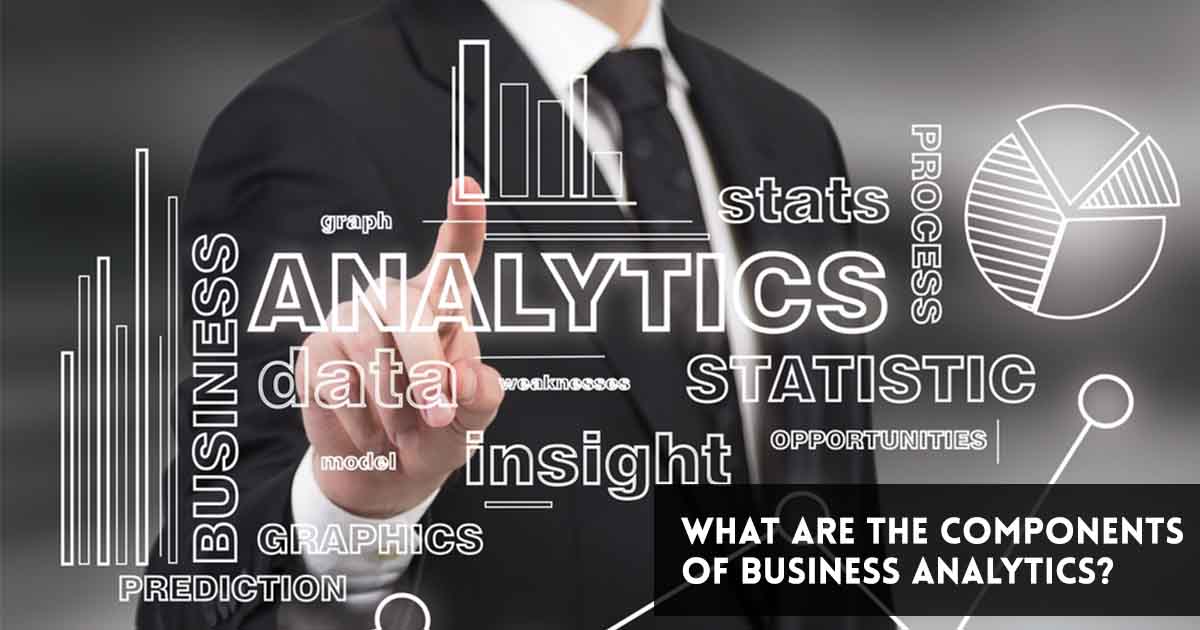The modern data centred world demands data analytics to be implemented in everyday business. Nowadays, performance management focused on analytics is in demand. It uses machine learning, artificial intelligence and numerous internet hacks for this. Data Analytics looks at data sets which are commonly used in commercial industries. Find the core components of Business Analytics:
1. Roadmap and operating model:
Each company uses planning tools to create sustainable designs for its processes and capabilities. This allows companies to handle their data efficiently and to provide services to their clients. Road maps and operating models are managed by managers to keep track of the activities and procedures of the staff, verify the consistency of the main performance metrics, devise strategies to meet the mission and vision of their company.
2. Data acquisition:
The data acquisition (DAQ) means the method of calculating physical or electrical changes within a computer device, like the voltage, current, temperature, noise or sound fluctuations. The DAQ measuring system components are Sensors, DAQ tables, and computers & machine and software.
3. Data security:
Monitoring and identification of malicious activities within corporate networks are very critical because of the growing threats to global security. Big Data Security Analytics is a series of next-generation security tools that use different correlation algorithms to identify components that can produce many security warnings, rapid detection and cyberattack reduction. Security analytics collect data via network traffic, cloud resources, business applications and data about user behaviour. They analyse real-time data to predict suspicious activities by providing the latest vulnerabilities.
4. Data governance and standards:
Data governance and standards are required to meet the growing regulatory requirements of an enterprise and attain data of high quality. Implementation of data governance and standards is focused on enhancing data management efficiency, developing robust data systems for international real-estate holdings, formulating data stewardship and ownership, performing international audits and compliance assessments becoming more rigorous.
5. Insights and Interpretation:
The values gained from the analytics implementation are called insights. They help you identify opportunities for enhancing your business and addressing market fluctuations. Analytics lets the data achieve values by finding new patterns and trends.
6. Data storage:
The processing of data using computers and other devices is known as data storage. This data collection and analysis is achieved using advanced equipment, which in effect makes the data usable for future use. Its components can be categorized based on storage products and services like File Storage, Block Storage & Object Storage.
7. Data visualization:
Visualization of data refers to the graphical representation of the information obtained through the analysis. It helps to present data effectively and in an entertaining way, while making the output accessible and simple to understand. Its components include panels, tables, panels, graphs, infographics, dashboards.
8. Data optimization:
Data optimization techniques work to reduce the response time of the database system to improve the speed and reliability at which the data is retrieved. Data managers and analysts use optimization strategies to develop methods of accessing data from a file.
All you need to know about Business Analytics
Learn Business Analytics
| Top 7 Business Analytics University/ Colleges in India | Top 7 Training Institutes of Business Analytics |
| Top 7 Online Business Analytics Programs | Top 7 Certification Course of Business Analytics |
Learn Business Analytics with WAC
Other Skills in Demand(H3)
| Artificial Intelligence | Data Science |
| Digital Marketing | Business Analytics |
| Big Data | Internet of Things |
| Python Programming | Robotics & Embedded System |
| Android App Development | Machine Learning |

